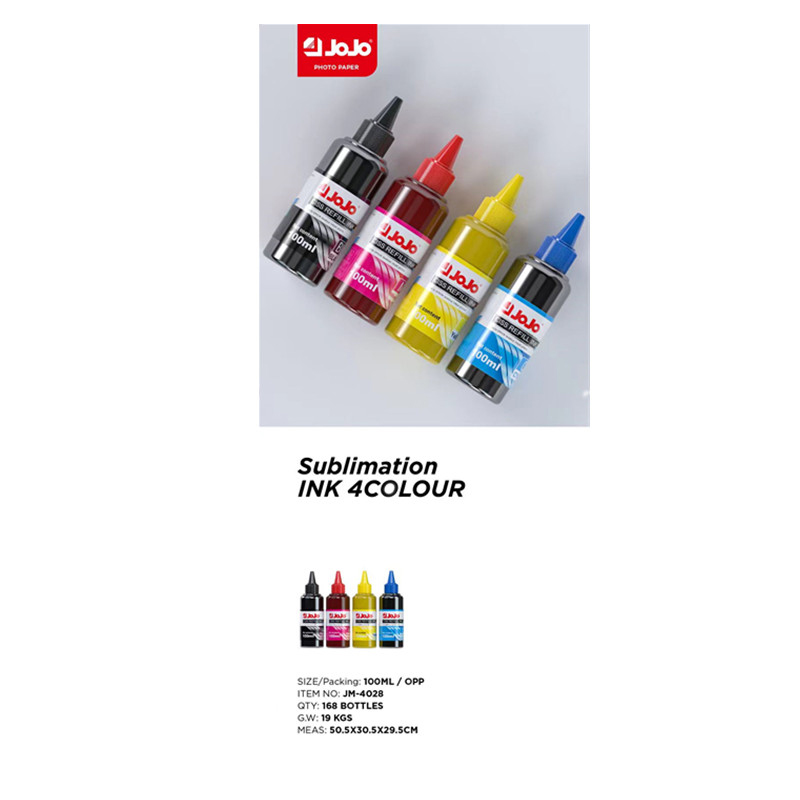If you need any help, please feel free to contact us
Understanding RC vs. Cast-Coated Photo Paper
What is RC Photo Paper?
RC, or Resin Coated photo paper, consists of a base paper sealed on both sides with a layer of polyethylene resin. The printable surface is then coated with a microporous or swellable ink-receptive layer, designed to absorb ink efficiently. This construction gives RC paper enhanced water resistance, durability, and a more photographic feel in terms of thickness and finish.
One common specification for RC paper is 260gsm glossy photo paper, which is popular among photographers and graphic designers for its weight and premium glossy appearance. The 260gsm weight provides a sturdy feel, reducing the risk of bending or warping during handling and printing. Additionally, the glossy surface helps images appear vibrant, making it suitable for portraits, landscape prints, and display materials.

What is Cast-Coated Photo Paper?
Cast-coated photo paper, on the other hand, uses a simpler production process. The paper base is coated with a high-gloss finish using a casting process that involves drying the coated paper against a heated chrome drum. This method produces a highly reflective, smooth surface that closely resembles traditional photo prints. However, unlike RC paper, cast-coated paper generally lacks a resin barrier layer, which can impact its resistance to moisture and environmental stress.
An example of cast-coated media often used in home and office environments is A4 high gloss photo paper. This format is ideal for printing colorful graphics, photographs, and presentation materials. Due to its affordability and bright gloss finish, it is frequently chosen for everyday printing tasks. However, it is recommended to handle prints with care, especially in humid environments, as the absence of resin coating makes them more prone to ink smudging or curling.
Key Differences Between RC and Cast-Coated Papers
The more notable difference lies in the coating structure and durability. RC paper, with its resin sealing and microporous coating, tends to offer better resistance to water and smudges. It is also more suitable for archival storage and long-term use. Cast-coated paper, while offering an appealing shine and fast drying times, may not hold up as well under environmental stress.
Another area of comparison is ink absorption. RC papers often allow for faster ink drying and more controlled ink dispersion, resulting in sharper image reproduction. Cast-coated papers may exhibit some ink bleeding when used with certain printers, particularly those with high-ink saturation settings.
Thickness is another deciding factor. RC papers like the 260gsm glossy photo paper provide a more rigid and photographic look and feel, compared to the lighter weight typically found in cast-coated varieties.
The Role of Double Sided Photographic Paper
For users who require printing on both sides of the paper, double sided photographic paper becomes a practical choice. This type of paper is available in both RC and cast-coated variants, although RC-based double-sided papers are generally more durable and can better maintain print quality on both sides. Double sided photographic paper is commonly used for creating portfolios, photo books, brochures, and promotional materials where content needs to be printed on the front and back.
When selecting a double-sided option, it's important to ensure that the surface coating on both sides is uniform and compatible with your printer’s ink technology. For pigment-based inks, RC double-sided paper is often preferred due to its better ink locking and drying performance.
Both RC and cast-coated photo papers have their own strengths and appropriate usage scenarios. While 260gsm glossy photo paper and A4 high gloss photo paper reflect different weight classes and gloss intensities, their base material—whether resin or cast-coated—greatly influences the print results. For applications requiring higher durability and water resistance, RC paper is generally more dependable. For everyday prints or cost-sensitive projects, cast-coated paper offers a workable solution. Additionally, double sided photographic paper provides extra versatility for users who need duplex printing capabilities without compromising image quality.
Choosing the right paper involves understanding the balance between cost, image fidelity, handling characteristics, and printer compatibility. By evaluating these factors, users can achieve consistently satisfying results across a range of photo and document printing tasks.

 English
English Español
Español 中文简体
中文简体 Português
Português

